Don't have an account?
Click Here- Fast, secure checkout
- Exclusive promotions & offers
Omega 3/6 Balance Scores - How to Use Them
The "Omega Balance" of your diet is a key influence on heart disease, cancer, brain health, inflammation, and overall wellness.
Contents:
Introduction: Omega-3 basics
Like vitamins and minerals, people need omega-3 and omega-6 fatty acids to survive and thrive.
Foods contain two kinds of omega-3 and omega-6 fats: "short-chain" from plant foods and "long-chain" from animal foods.
The only omega-3s and omega-6s essential to life and health are the "long-chain" types known as Highly Unsaturated Fatty Acids (HUFA).
However, if your diet lacks omega-3 and omega-6 HUFA, your body can make them from short-chain omega fats. This is why the short-chain omega fatty acids are called (somewhat misleadingly) "essential fatty acids" or EFAs.
A fast-growing body of scientific evidence shows that – in addition to adequate intake of omega-3s – maintaining good health requires roughly equal proportions of omega-3 and omega-6 HUFA in our cell membranes.
Together, omega-3 and omega-6 fatty acids make up virtually 100% of the health-impacting HUFA in your cells.
What does your body's "Omega Balance" mean for health?
We coined the term "omega balance" to describe the relative proportions of omega-3 and omega-6 HUFA in people's cells.
If you consume too few omega-3s and too many omega-6s your brain, heart, and inflammation control system can't function properly, causing your risk of major diseases to rise quite dramatically.
Ideally, your diet should contain roughly equal proportions of omega-3 and omega-6 fatty acids … and no more than three parts omega-6s to one part omega-3s.
This unhealthful imbalance is the subject of our "Out of Balance" video, featuring leading researchers in the field.
To learn even more about this critical, scientifically validated – but criminally neglected – finding see "America's Sickening Omega Imbalance".
The Omega 3/6 Balance Score: A guide to smart food choices
Worldwide, people’s daily Omega-3/6 Balance Scores – which are based on both their foods’ scores and the amounts of each eaten – range from +3 to -8.
The differences among international diets explain the widely varying omega balances found in various countries and ethnic groups … and their widely varying rates of death from heart disease and other degenerative, lifestyle- and diet-driven disorders.
How can you know which foods to favor and which to avoid or minimize to optimize your omega balance?
Renowned fatty acid researcher William Lands, Ph.D., developed a formula that uses USDA nutrient data to predict the impact any given food will have on the "omega balance” in your cells … a measure we call the "Omega 3/6 Balance Score”.
To help you gain and maintain a healthy omega balance, see the chart below for the Omega 3/6 Balance Score of major food categories.
Using the Omega Balance Scores on Vital Choice foods
Foods with positive Omega 3/6 Balance Scores – such as + 5 or +20 – will increase the proportions of omega-3 HUFA in your cells.
Conversely, foods with negative Omega 3/6 Balance Scores – such as -5 or -20 – will increase the proportions of omega-6 HUFA in your cells.
You can use these general rules as a guide to food choices:
Favor foods with Positive Scores … especially fatty foods scoring +5 or higher. Minimize foods with Negative Scores … especially fatty foods scoring -5 or lower. Foods with Scores between +5 and - 5 produce a roughly equal balance of 3s to 6s in your cells. IMPORTANT: A food's Balance Score alone is not the whole story. The quantity of fat you get from a typical serving of a food makes a big difference, in terms of its impact on your body's omega balance:
Fatty foods can have a substantial impact on your body's omega balance, even in fairly modest quantities (i.e., one serving per day). These include seafood, oils, nuts, seeds, fatty meats and poultry. The few exceptions are noted in the table below. Leaner foods will not make as much impact on your body's omega balance. In addition, most of these foods have rather neutral scores (close to zero). Leaner foods include milk products and most vegetables, fruits, grains, and beans. The few exceptions are noted in the table below.
Omega Balance Scores by Food Category To help guide the choices you make in your overall diet, the table below shows the range of Balance Scores within each major food category, and notes any major exceptions within a food category.
Most people need to shift their diets toward Positive and Neutral Score foods, like those in the left and center columns.
To a very large extent, you can improve your scores by strictly limiting your consumption of these top sources of omega-6 fatty acids:
- Peanut and other nut butters
- Chips and buttered popcorn
- Takeout, and packaged foods
- Fried, battered chicken or fish
- Margarine and vegetable shortening
- Chicken skin (remove before or after cooking chicken)
- Salad dressings ... best choices are ones made with olive or canola oil
- Vegetable oils ... best choices are olive, macadamia nut, and canola oil
If the results of your Vital Omega 3 and 6 HUFA Test™ show that you need to adjust your intakes of omega-6s and omega-3s to achieve a healthier omega you can use the "Omega Balance Scores by Food Category" table above and the OM 3+6 Balance Scores on our product pages.
Again, you can readily achieve a healthier omega balance in your body if you do two things:
- Minimize intake of fatty foods with negative scores (fatty meats or poultry and most oils, nuts, and seeds).
- Get most of your daily calories from low-fat, neutral-score foods (e.g., most vegetables, grains, fruits, and beans) and fatty foods with positive scores (e.g., seafood and flaxseed).
High scores hide some healthful foods What about nuts, which are fatty and have fairly low scores, but are consistently linked to better heart and metabolic health?
While nuts have relatively low scores (-10 to -44), you probably wouldn't eat more than about one-half ounce serving in a day.
The large proportion – but small amount – of omega-6s in a serving of nuts would be balanced by eating a small amount of a fatty food with a high positive score, such as an ounce of canned wild salmon (+35).
And, it's critical to stress that the nutritional value of a food cannot be reduced to its Omega-3/6 Balance Score, which, while important, tells nothing about its overall nutritional profile.
Although nuts have low negative Omega-3/6 Balance Scores, nut-rich diets are linked to better heart health … probably because they are rich in polyphenols (antioxidants) and fiber.
Finally, small amounts of nuts will make you feel full, so snacking on some in the afternoon should mean that at dinner, you'll ingest less of other foods that may contain many more omega-6s.
For example, you'd likely eat less of a fatty meat or poultry product that's typically eaten in quantities (3 to 6 ounces) that deliver larger amounts of omega-6s.

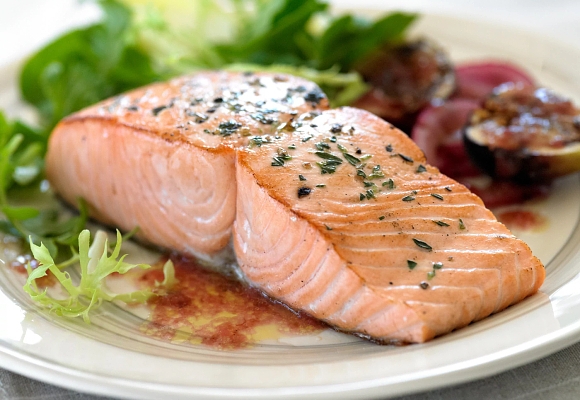
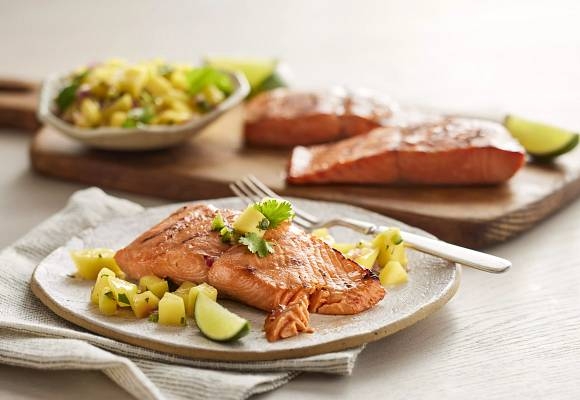
![Shop Premium Alaskan Halibut,[object Object]](https://images.contentstack.io/v3/assets/blta522552136812831/blta4ebcb10869b88b7/67e5d4c4dd5442a6c2ee749b/TopNav-Halibut.jpg?auto=webp)

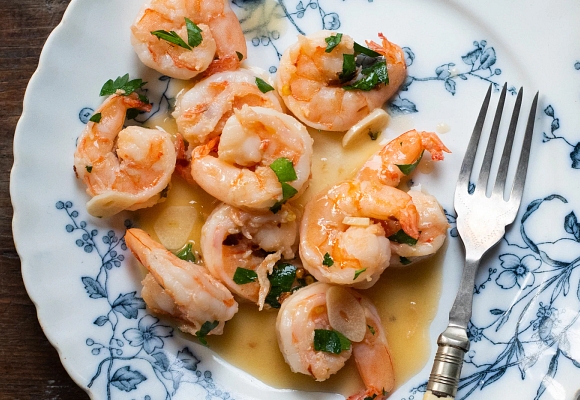
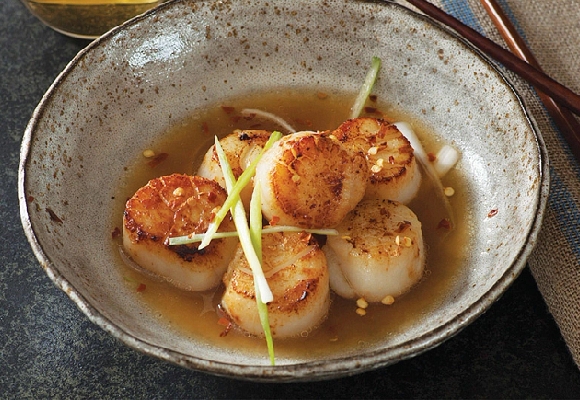
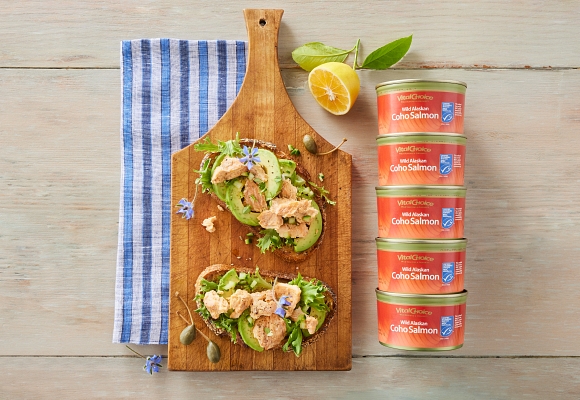
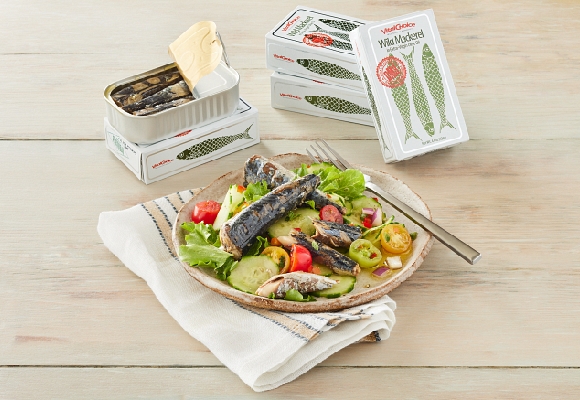
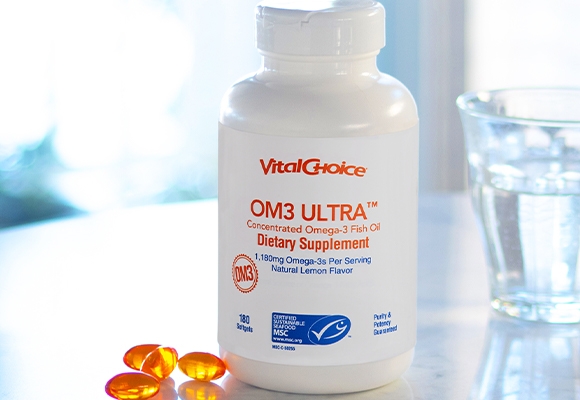

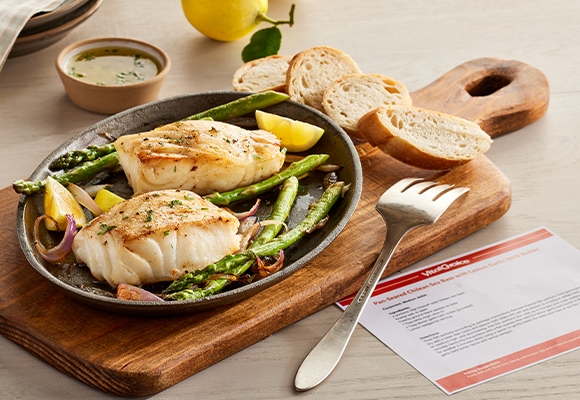

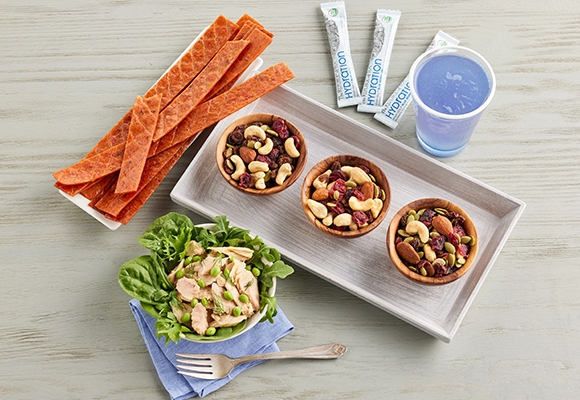
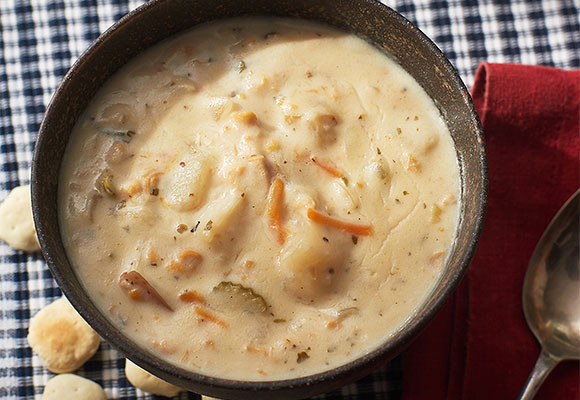

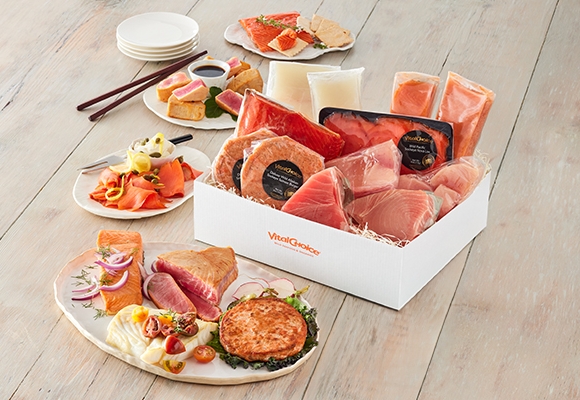

.png?auto=webp)